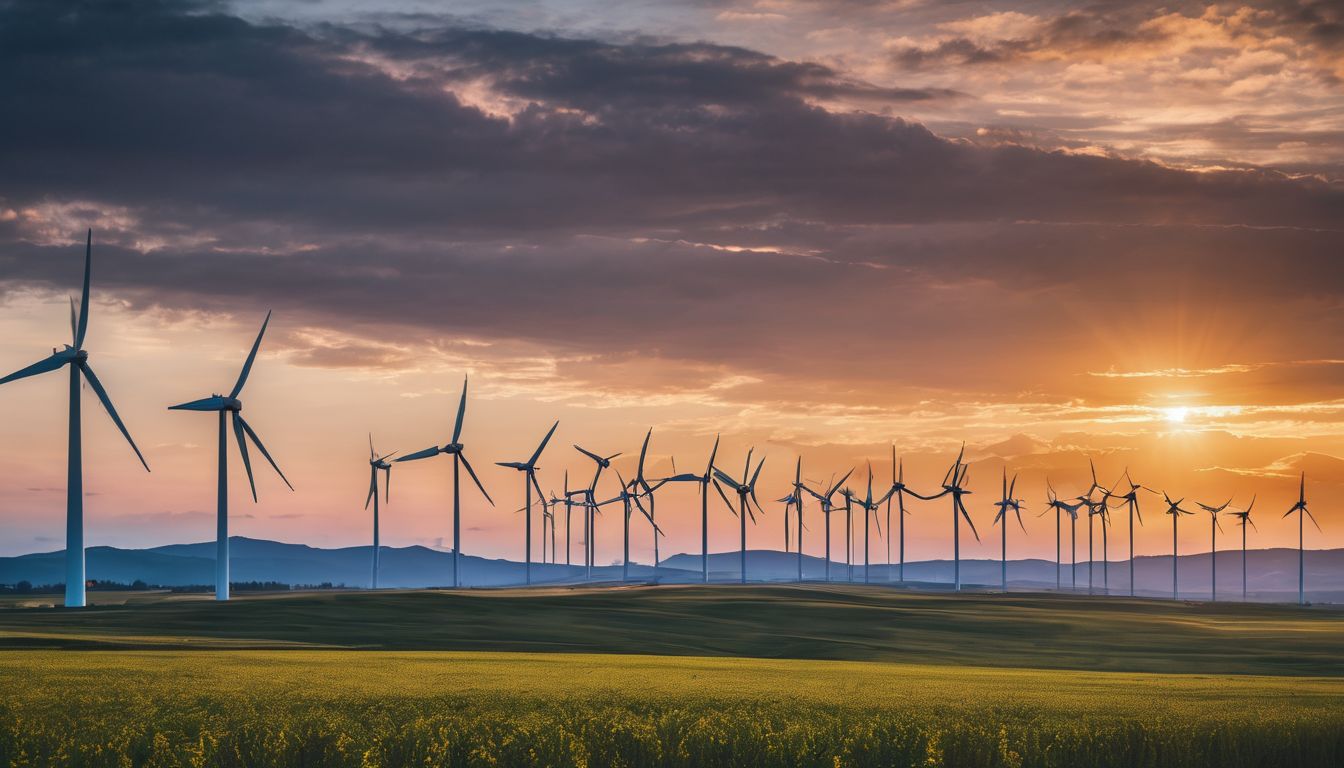Marathons are one of the most strenuous events known to man, and not just for the runner who must speed—or trudge, depending—through 26 miles on foot, but also for the event staff. Think about what it takes to put on a race: first, tons of volunteers filled with alacrity for handing out water or sports drink constantly; event tents to shield those aides; hundreds if not thousands of gallons of liquids amenable to someone on the brink of a physical meltdown; cups, food in gel sized packets, and more. All runners must be cared for with haste to keep them refueled while not breaking their pace. Besides all this crazy intensity for everyone involved, running events typically are stocked with a great deal of disposable resources, like cups, to provide instantaneous and small portions to those on the move. But all those cups add up to a lot of waste that simply gets piled up and thrown away. Like most one-use items, these can be replaced with eco-friendly products that can turn everyone into winners!
BENEFITS for the environment: High
Cost: Equivocal-Medium
Time and Effort: Medium
Instructions:
1. After talking with a member of Tri-California, an organization that puts on triathlons all over the state (http://www.tricalifornia.com/), I learned that the largest contributor of waste is plastic cups, wrappers from carbohydrate gel (used as a quick source of calories), and wrapping from foods served to participants post-race. The very first thing an event planner must find is biodegradable cups. Never EVER use Styrofoam as it never decomposes. Find containers that are made from corn or potatoes, as they usually compost within ten days. A good website is www.ecoproducts.com and this same website also has plates, napkins, and utensils that can be used for the food at the end of the event. Unlike other providers, Eco-Products offers cups in sizes that range from 7 to 24 oz., giving the host a wide variety of sizes to work with based on the athletes’ needs.
2. Next, marathon runners need many calories doled out in small quantities, so energy gel packs are a common creature to find at races, yet the liter from those tiny plastic packages are not so eco-friendly. A good medium ground to have is a product called “Carb BOOM!,” which is an energy-packed gel in a 24 ounce recyclable bottle with a re-closable lid. (See www.carbboom.com for details.) Yes, a 24 ounce bottle is way too large for one runner to carry, but at each station volunteers can hand out portions of this glob in bite size containers so runners can suck out the gel without breaking a stride. (Although BOOM offers bite-sized packets as well, these individuals are not recyclable and would not decrease the event’s liter if used.)
3. Despite the fact that these one-time-use items are somewhat wasteful because they are indeed single-use, they can still be degraded and used for good. First, the big boxes that they were shipped in can be used as receptors for all these little cups (note: if food products are mixed in, then the boxes should be lined with biodegradable trash bags so the cardboard can be recycled at the end of the day). Second, and more important, these containers along with any other non-meat food products can be put in biodegradable trash bags (made from corn) and used for compost. The event will have food for the finished athletes, and there are guaranteed to be leftovers. These can be either be taken home by the volunteers or thrown into a biodegradable bag to be composted. After school programs or organic gardens always need compost to use for fertilizer so you can try coordinating first with those local organizations. Otherwise, to find someone to take compost in your area visit http://pub30.bravenet.com/freelink/show.php?usernum=2544104454&cpv=1, it lists compost centers alphabetically by country and then by state. You’ll get rid of your “garbage” (aka extra food and biodegradable resources) and the business or school earns free nutrition for their food. Just make sure to call them ahead of time and arrange a time where they can pick it up.
4. If you’ve ever raced you know that the most rewarding part is finishing the race and then chowing down hard-core afterwards. Carbohydrates are the most popular because they re-energize quickly, taste delicious, and won’t upset a runner’s stomach. If possible, find a baker who uses wholesome and organic ingredients or gets their food locally. If the race will be equipped with salads and lunches and dinners, then look for caterers who support local growers. Local means less petroleum used to deliver the food and aiding the local economy.
5. Every race needs tarps and tents. They shelter the volunteers in the rain or the sun and let runners know where sustenance is coming from. But where do these mysterious tents come from? If you are putting on a green marathon, you want to make sure you don’t have to buy any because so many resources are required to create them. So, since there are already companies, cities, and individuals who own tents, you just need to find out who and then ask. First, ask your volunteers and if nothing comes about feel free to ask your city. If nothing else, find a company who is willing to donate these babies just for the day and in return they receive free advertising (the tent cover is a good place). It would be best to find an eco-company so this whole good environment thing really pushes through as the theme. And of course, always make sure they are given back to those who own them at the end, that way you’ll be allowed to borrow them for another race.
6. To really make the race environmentally sound, why not have it benefit an environmental cause? Pick a local issue that has significance for the local community. This will raise awareness for it as well as gain support and hopefully encourage more people to come out and at least volunteer or contribute in some fashion to the event.
7. Lastly, what would a marathon be without its countless volunteers who make it happen? Encourage those involved to find a fit and earth-friendly method of showing up, either running, walking, or riding a bike, it is a fitness event after all! If it’s too far, ask people to carpool or take public transit to minimize their carbon footprint. When everyone does their part to keep the environment clean, then we all win!




